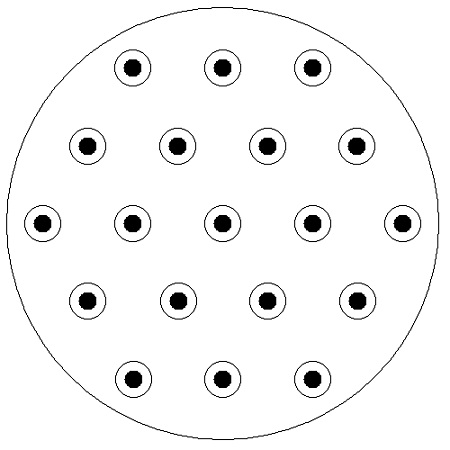I was going to continue talking about some cool math stuff, but I realize that today it is more important to speak out about an astounding act of bravery that we have all witnessed in the last week. I am referring, of course, to Sarah Palin’s speech in response to the tragic shootings in Tucson last weekend.
While our president has become distracted by irrelevant niceties such as honoring the dead, mourning the tragedy, calling for solidarity among Americans, and asking us all to rise to our better natures, Sarah Palin has been tackling the real evil here. Namely, the Blood Libel against the former governor of Alaska.
Let me say at the outset that there is absolutely no evidence that Ms. Palin has engaged in arcane Cabalistic rituals involving the innocent blood of murdered Christian children. There are no photographs, no tell-tale emails, no paper trail. Even Wiki-leaks has not found anything concrete to link Palin to the ritualistic slaughter of young Christian boys and girls.
Yet apparently the rumors are out there. Why else would a public figure of her stature use this occasion to deny Blood Libel, rather than talk about, say, the little nine year old girl who was shot to death because she was caught in the gunman’s crosshairs (oops, sorry Sarah, I know “crosshairs” is a sensitive word).
It take a person of immense courage and fortitude to stand up to the liberal media, to speak not about the federal judge who was tragically murdered by a madman, or the U.S. Congresswoman who lies in critical condition with a bullet through her brain, but rather to forcefully deny, once and for all, having used the blood of murdered children in one’s secret religious rituals.
After all, should history be any judge, then if people believe the Blood Libal against Palin, they will rise up and storm her village, massacrng her entire tribe down to every last man, woman and child. So Sarah is right to focus attention on the real danger that such a tragedy might occur, no matter how much the “mainstream media” annoyingly insists on talking about some dead nine year old brat who can claim credit for nothing more than having been at the wrong place at the wrong time in Tucson.
Sarah knows that all true Americans support her, because we know that she is the real victim here, and it’s important not to let the haters win.
Besides, the Blood Libel against Sarah Palin couldn’t possibly be true. After all, she’s not, um, you know, Jewish.


